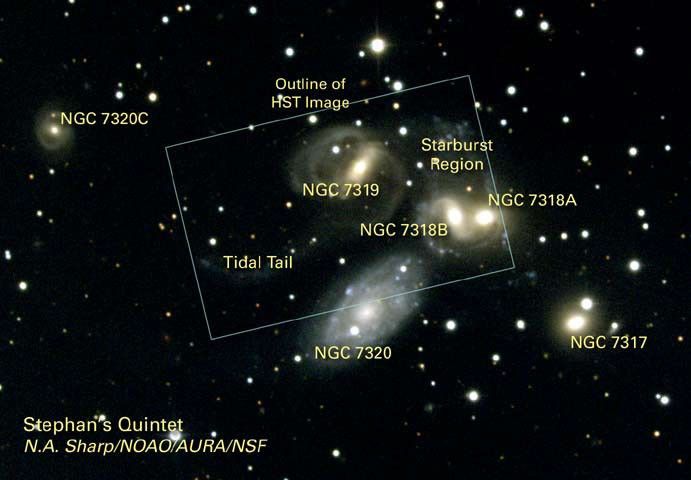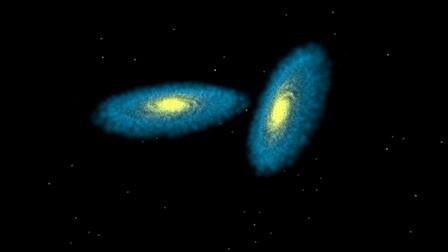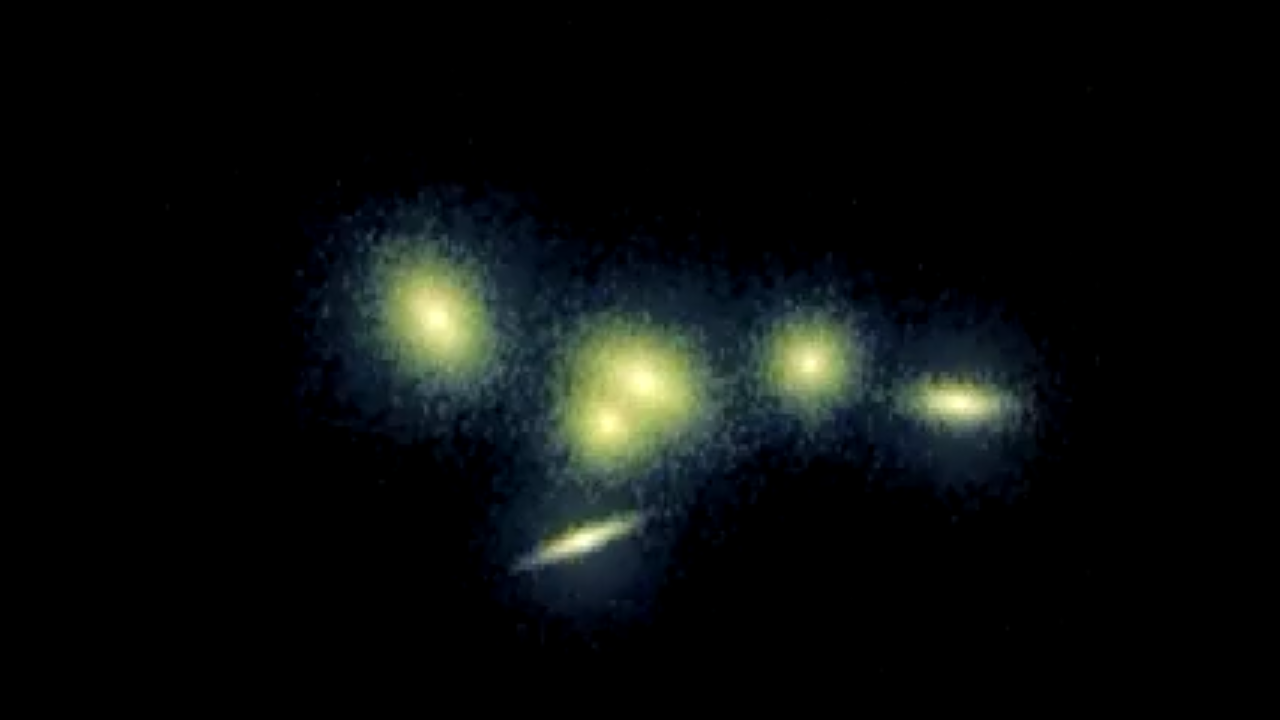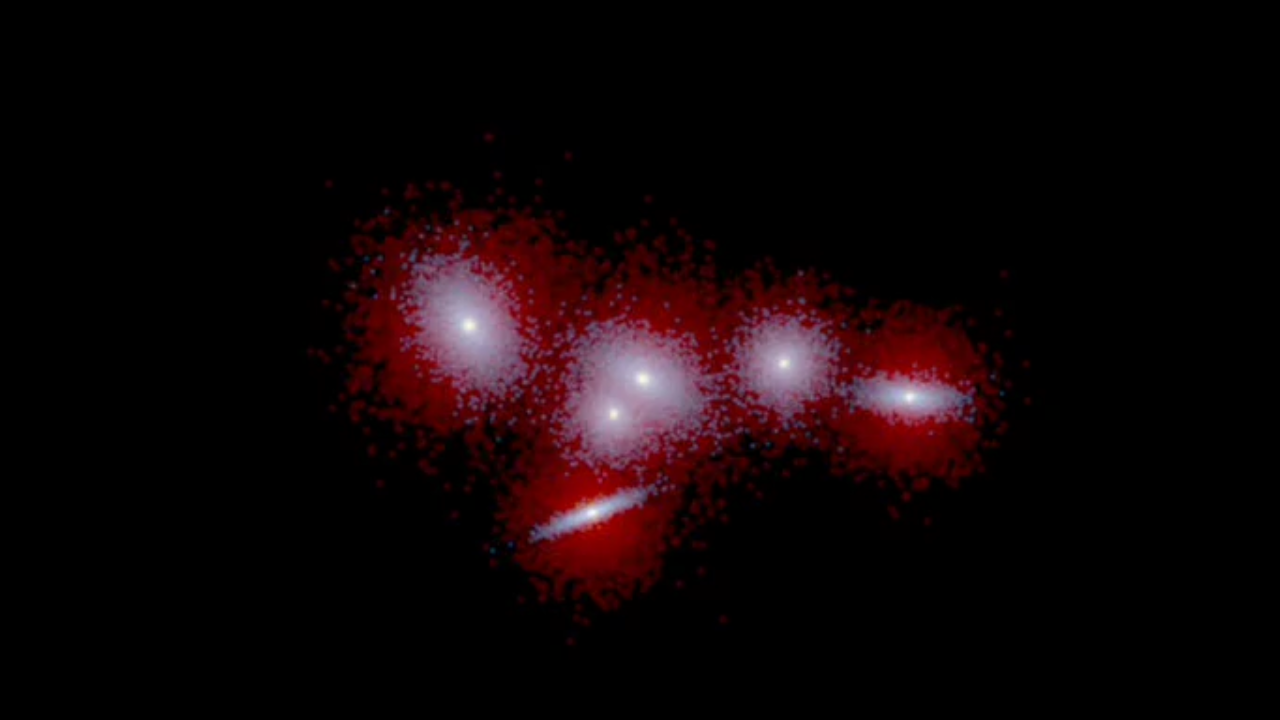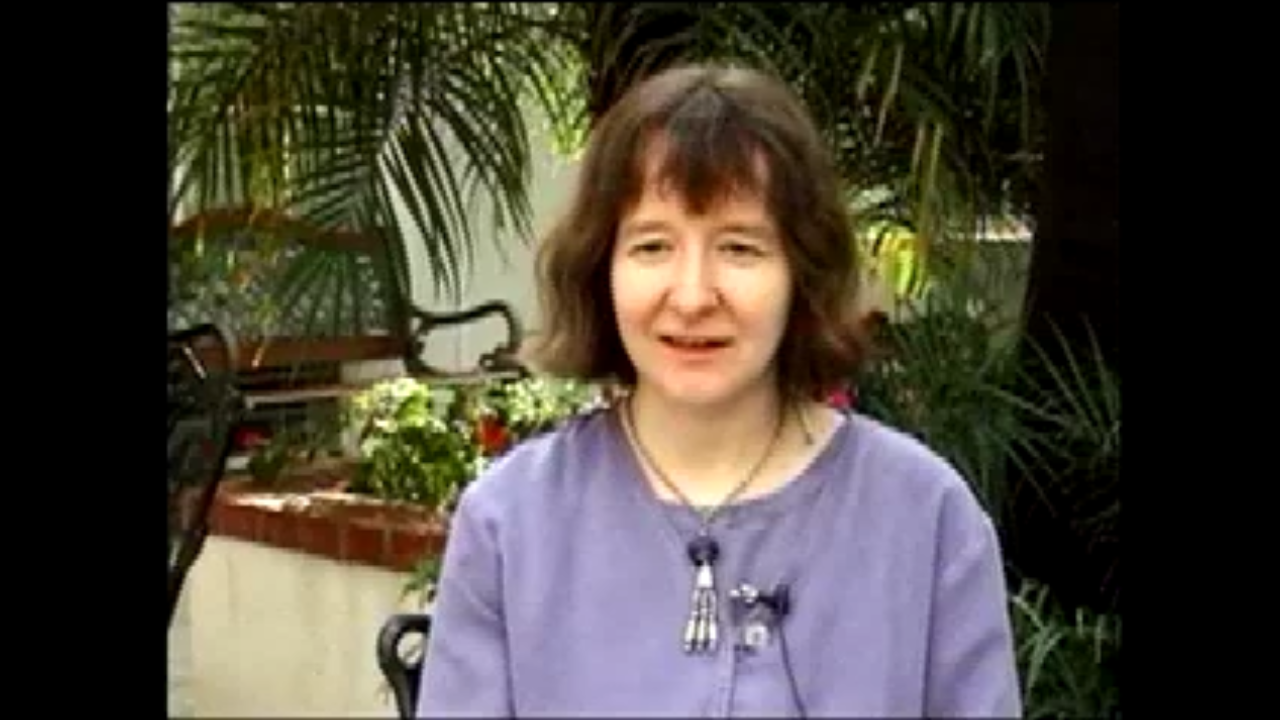1 min read
Hickson Compact Group 87: A Group of Four Galaxies

About the Object
- R.A. PositionR.A. PositionRight ascension – analogous to longitude – is one component of an object's position.20h 48m 10.99s
- Dec. PositionDec. PositionDeclination – analogous to latitude – is one component of an object's position.-11° 50' 24.0"
- ConstellationConstellationOne of 88 recognized regions of the celestial sphere in which the object appears.Capricornus
- DistanceDistanceThe physical distance from Earth to the astronomical object. Distances within our solar system are usually measured in Astronomical Units (AU). Distances between stars are usually measured in light-years. Interstellar distances can also be measured in parsecs.120 Mpc (roughly 400 million light-years)
- DimensionsDimensionsThe physical size of the object or the apparent angle it subtends on the sky.The galaxy group has a diameter of 52 kpc (170,000 light-years).
About the Data
- Data DescriptionData DescriptionProposal: A description of the observations, their scientific justification, and the links to the data available in the science archive.
Science Team: The astronomers who planned the observations and analyzed the data. "PI" refers to the Principal Investigator.Principal Astronomers: J. Charlton (PSU), S. Hunsberger (Lowell Obs.), F. Hamilton, H. Bond, C. Christian, J. English, L. Frattare, A. Kinney, Z. Levay, K. Noll (The Hubble Heritage Team (STScI/AURA) - InstrumentInstrumentThe science instrument used to produce the data.HST>WFPC2
- Exposure DatesExposure DatesThe date(s) that the telescope made its observations and the total exposure time.July 19-25, 1999, Exposure Time: 6.6 hours
- FiltersFiltersThe camera filters that were used in the science observations.F450 (B), F555W (V), F675W (R), and F814W (I)
- Object NameObject NameA name or catalog number that astronomers use to identify an astronomical object.Hickson Compact Group 87, HCG 87
- Object DescriptionObject DescriptionThe type of astronomical object.Cluster of Interacting Galaxies
- Release DateJuly 19, 2001
- Science ReleaseStar Clusters Born in the Wreckage of Cosmic Collisions
- CreditScience Release Credit: Image: NASA, Jayanne English (University of Manitoba), Sally Hunsberger (Pennsylvania State University), Zolt Levay (Space Telescope Science Institute), Sarah Gallagher (Pennsylvania State University), and Jane Charlton (Pennsylvania State University); Science: Sarah Gallagher (Pennsylvania State University), Jane Charlton (Pennsylvania State University), Sally Hunsberger (Pennsylvania State University), Dennis Zaritsky (University of Arizona), and Bradley Whitmore (Space Telescope Science Institute)
Related Images & Videos

Star Clusters Born Among the Interacting Galaxies of Stephan's Quintet
This close-up view of Stephan's Quintet, a group of five galaxies, reveals a string of bright star clusters that sparkles like a diamond necklace. The clusters, each harboring up to millions of stars, were born from the violent interactions between some members of the group. The...
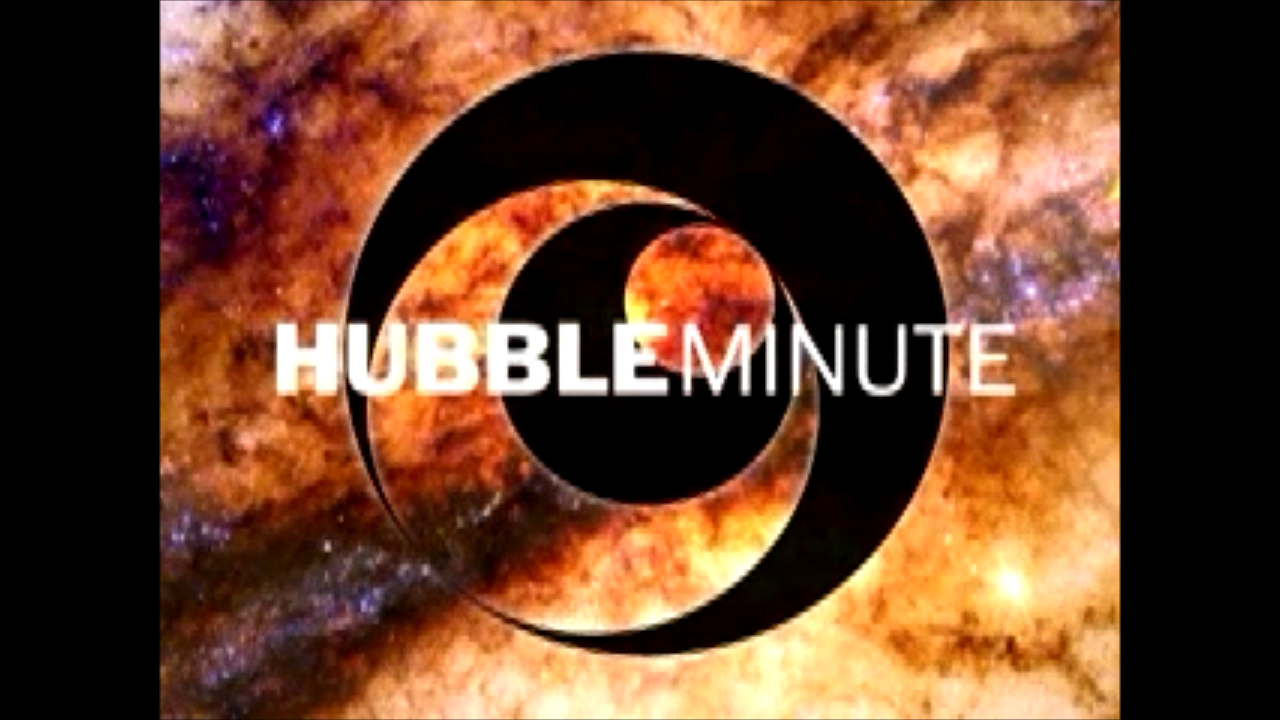
HubbleMinute: Battle Royale in Stephan's Quintet
Astronomers studying the compact galaxy group Stephan's Quintet have seen creative destruction in the many collisions taking place among its galaxies. This HubbleMinute discusses what astronomers are learning and hope to learn from examining the quintet.
Share
Details
Last Updated
Aug 17, 2025
Contact
Media
Claire Andreoli
NASA’s Goddard Space Flight Center
Greenbelt, Maryland
claire.andreoli@nasa.gov




























![A Cluster of Galaxies – Coma Cluster [NOAO]](https://assets.science.nasa.gov/dynamicimage/assets/science/missions/hubble/releases/2001/07/STScI-01EVT9G8CS7M1JMSDW08S1QBQ3.jpg?w=512&h=512&fit=clip&crop=faces%2Cfocalpoint)
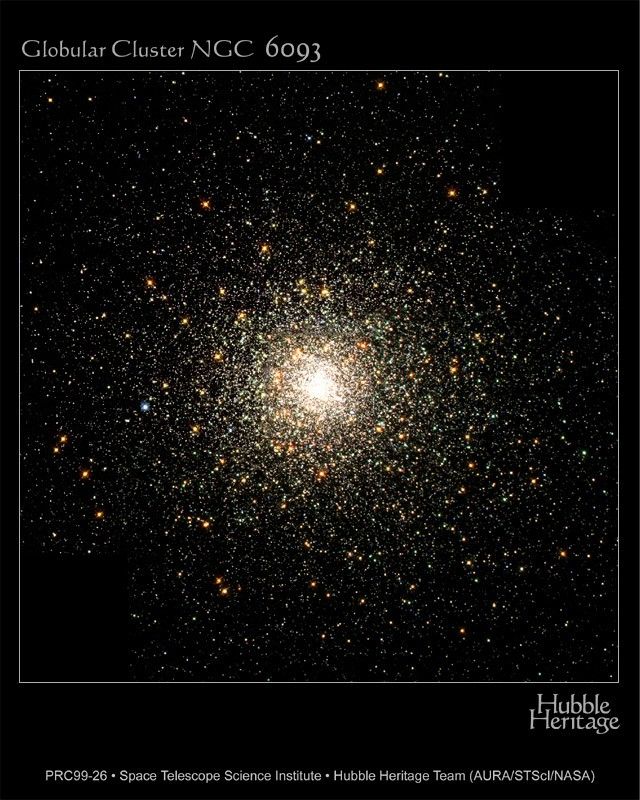
![Stephan's Quintet [NOAO]](https://assets.science.nasa.gov/dynamicimage/assets/science/missions/hubble/releases/2001/07/STScI-01EVT9G5EXNXG2AQK3DZBK99GP.jpg?w=556&h=549&fit=clip&crop=faces%2Cfocalpoint)
